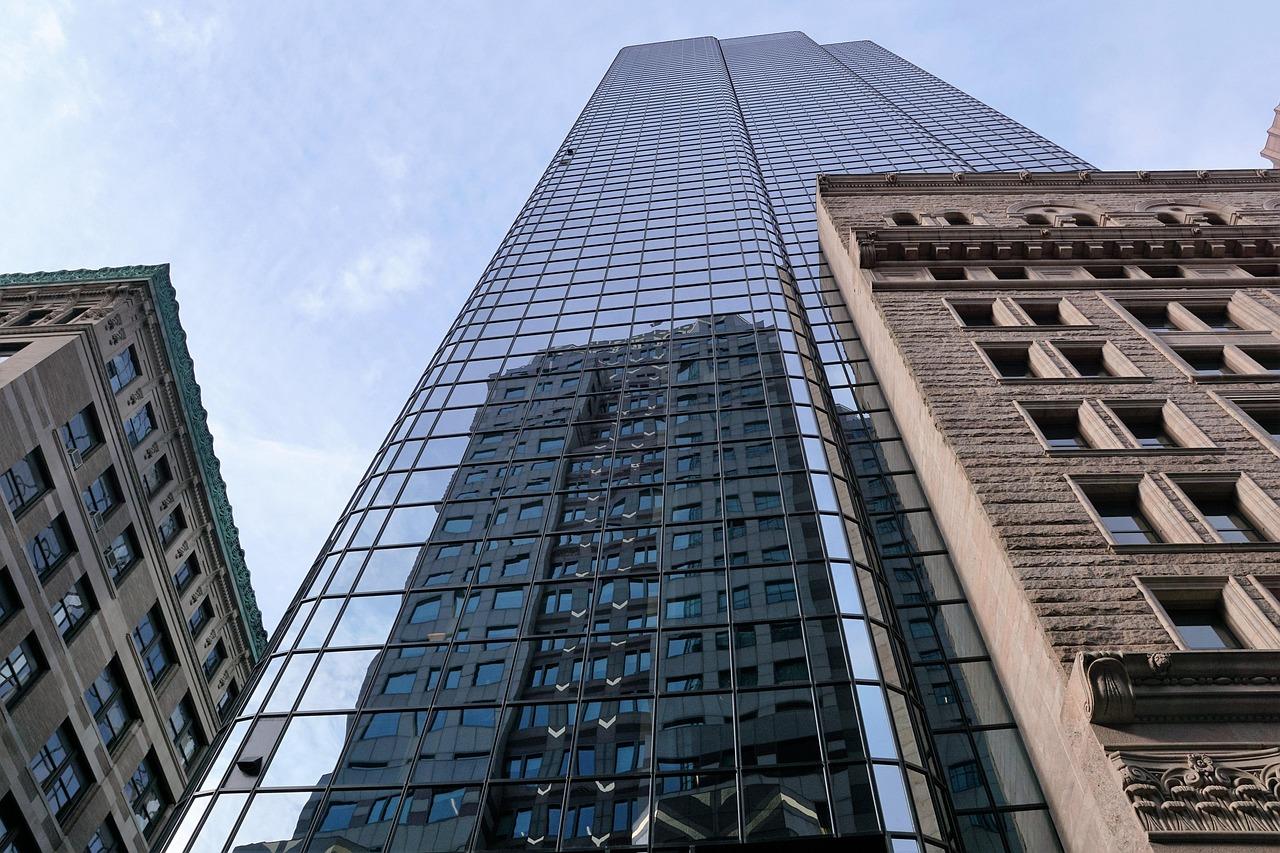
What Is an EB-5 Project?
The EB-5 Immigrant Investor Program allows foreign investors to obtain a U.S. Green Card by investing at least $800,000 in a qualifying project. While investors can start their own business, most choose to invest in a project sponsored by a Regional Center. In fact, 96% of investors in the 2024 fiscal year opted for Regional Center projects due to their structured approach, which meets program requirements and helps reduce risk for investors.
While there are no restrictions on the industry of the project — it can vary widely, and project structures may differ. However, the majority of Regional Center projects are in the real estate sector and tend to follow a similar structure, which we will now review in detail.
Key Components of a Typical EB-5 Project Structure
A typical EB-5 project involves several important parties:
1. Project Owner
The Project Owner is the entity responsible for developing the project. To finance the project, they may secure funding through various sources such as bank loans, private investors, or investment funds. EB-5 capital is one of these financing options. The Project Owner can be a single developer or a joint venture (JV) involving multiple entities.
2. Regional Center Team
The Regional Center plays a vital role in ensuring the project’s compliance with EB-5 regulations. This team handles legal requirements, prepares necessary documentation, ensures job creation requirements are met, and promotes the project to overseas investors.
In some cases, the Project Owner may also own the Regional Center. This structure is known as a vertically integrated Regional Center, where the same entity manages both development and investor oversight.
3. EB-5 Investors
These individuals invest in the project to qualify for a U.S. Green Card. Their capital is funneled through specific entities designed to meet EB-5 program requirements
EB-5 Investor Funds Flow
To ensure compliance and maintain clear financial oversight, EB-5 investments follow a structured flow of funds:
1. New Commercial Enterprise (NCE)
The NCE is established by the Regional Center specifically for one EB-5 project. It is typically structured as a Limited Partnership (LP) or Limited Liability Company (LLC). The Regional Center or an affiliated entity acts as the General Partner or Administrator of the NCE and manages its operations.
EB-5 investors transfer their funds to the NCE and become limited partners or shareholders within this entity. The NCE is responsible for safeguarding and distributing these funds.
2. Job-Creating Entity (JCE)
The JCE is the entity responsible for implementing the project and creating the required number of jobs. The NCE transfers investor funds to the JCE in one of several forms:
- Loan: The most common option, where funds are provided as a secured or unsecured loan with specific repayment terms.
- Equity Investment: Investors gain ownership interest in the project itself.
- Preferred Equity Investment: A hybrid structure that offers some features of both loans and equity investments.
If a project is marketed as a “loan-based EB-5 investment,” this means the NCE-to-JCE transaction is structured as a loan with specific repayment conditions.
What Happens After Funds Reach the JCE?
Once the JCE receives the funds, the Project Owner begins construction and development. Throughout this period, the Regional Center team monitors progress, ensuring compliance with EB-5 requirements and gathering documentation to demonstrate job creation.
During the investment term, the JCE may or may not pay interest to the NCE, depending on the agreed terms. The NCE may then distribute earnings to its EB-5 investors. It’s crucial to review the project’s offering materials to understand these conditions.
End of the Investment Cycle
At the end of the investment term, the JCE returns funds to the NCE, which then distributes those funds back to the EB-5 investors.
Choosing a Reliable Regional Center
To minimize risks, investors should consider partnering with a Regional Center that has successfully completed several projects. Experienced Regional Centers are more likely to follow best practices, reducing the chances of delays or complications.
If you’re exploring EB-5 investment opportunities, visit our page for updates on available EB-5 projects managed by reputable Regional Centers.
Understanding the EB-5 project structure is crucial for making informed investment decisions. By familiarizing yourself with the flow of funds, the roles of key entities like the NCE and JCE, and the responsibilities of the Regional Center, you can better evaluate potential projects and mitigate risks.
Second Wind: Your Partner in EB-5 Success
At Second Wind, we guide investors through the entire EB-5 process — from the initial introduction to the program, to presenting trusted U.S. Regional Centers, introducing experienced immigration attorneys, and providing ongoing support until your investment is returned and your Permanent Green Card is secured.Our primary goal is to help you choose a reliable EB-5 project that aligns with your goals and minimizes your risks. Contact us today to explore your options and find a project backed by experienced professionals.
Categories:




